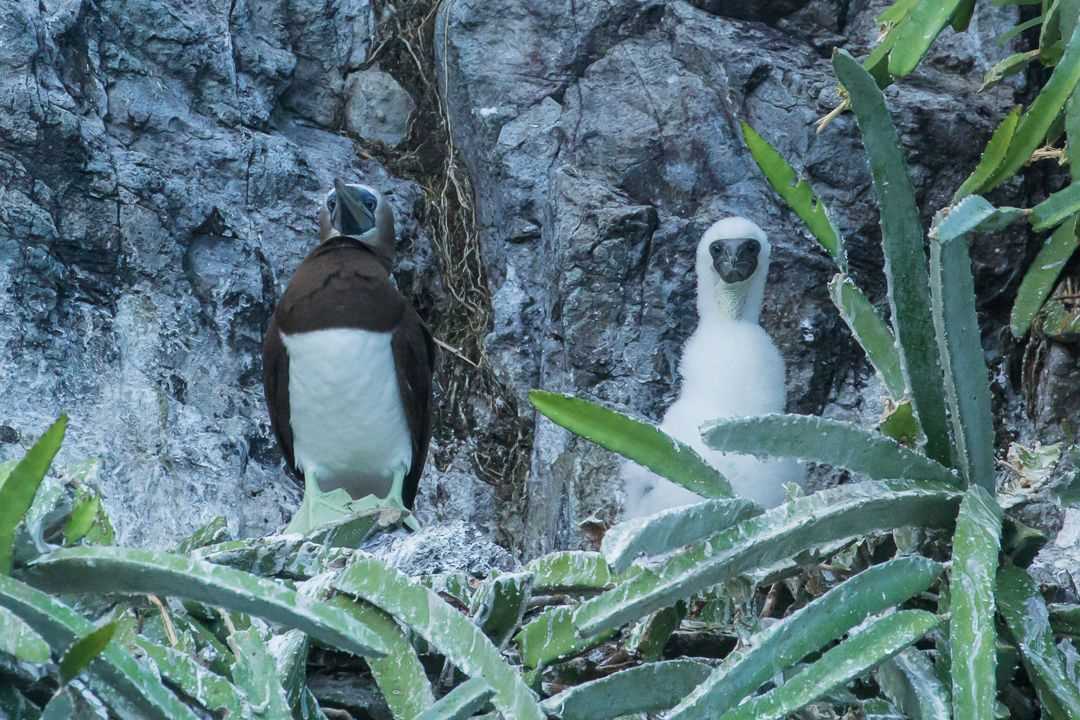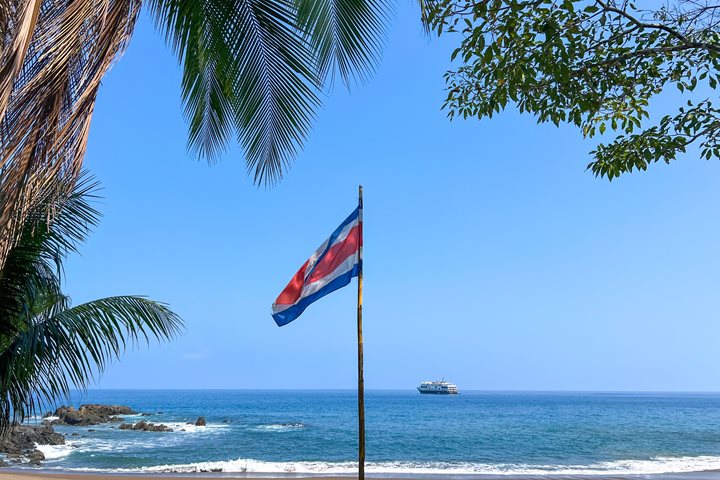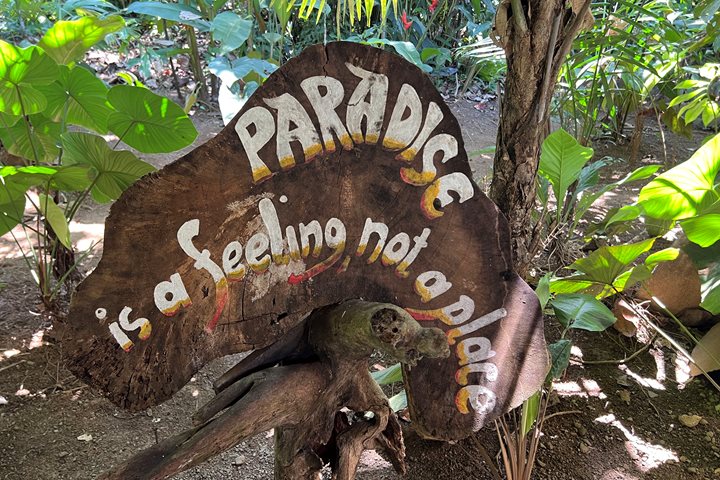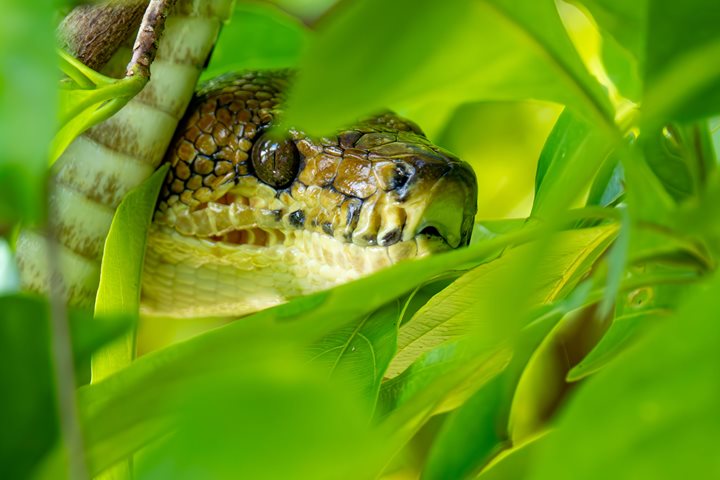After navigating for around 198 nautical miles, National Geographic Quest found itself right in the very large Bay of Panama. This large body of water sees strong northeastern trade winds which blow the upper surface water away leading the cold reach-nutrient water from the bottom to surface and increase the productivity of plankton. This brings an abundance of fish to the area, and by extension a great number of seabirds.
The Archipelago of Otoque and Bona are known as a seabird rookery, with hundreds of brown and blue-footed boobies, magnificent frigate birds and brown pelicans. Far and away the best way to explore this island is by Zodiac, which allow for extremely close vantages of the nesting sites.
After coming back aboard, we repositioned the ship ten nautical miles to the picturesque island of Taboga, where we got to see one of the oldest churches in Panama dating back to the 1500s. After that small leg-stretch of a landing, we head to the checkpoint for our transit through the Panama Canal.
The sunset to our port side was just spectacular along the Panama Canal. Inaugurated in 1914, the canal runs no less well than it has in previous decades. National Geographic Quest was brought up 85 feet above sea level within 3 hours, going through the Miraflores and Pedro Miguel locks. We continued transiting all through the night, crossing the Culebra Cut and the Gatun Lake, to finally drop anchor in front of the Gatun Locks, which will be learn of and explore tomorrow!









